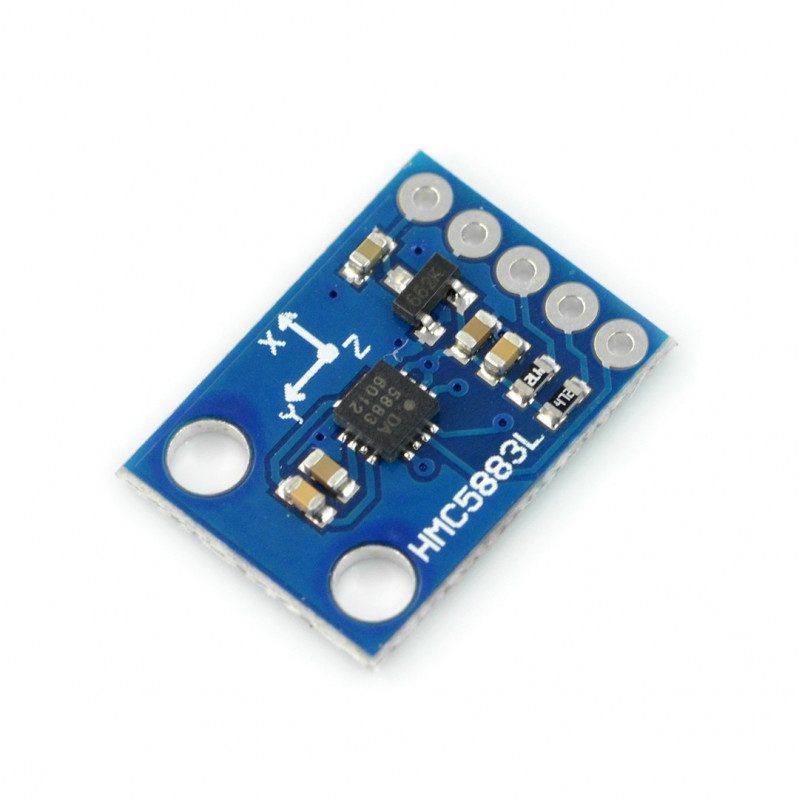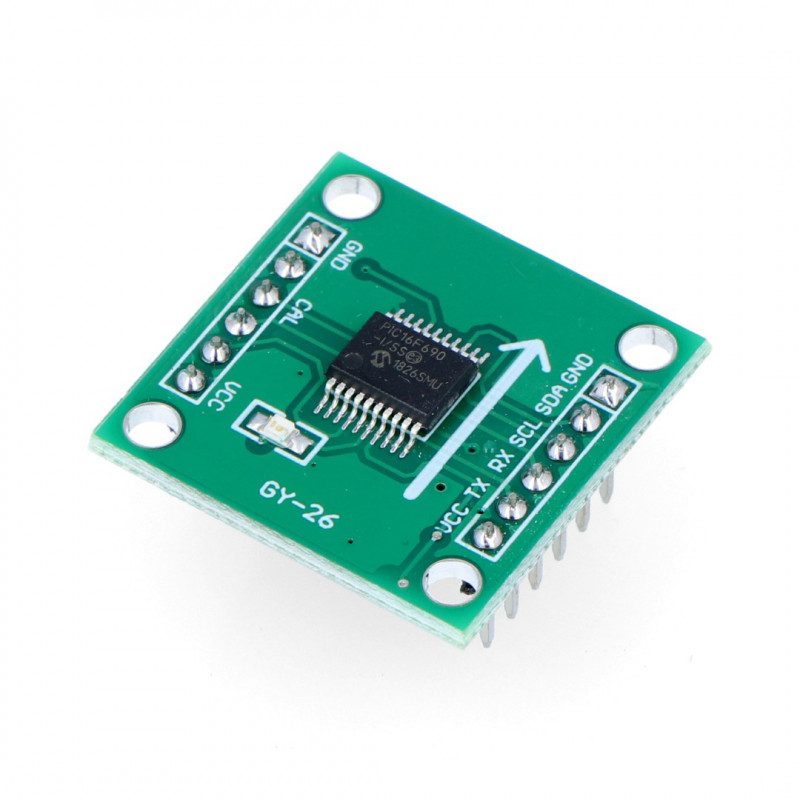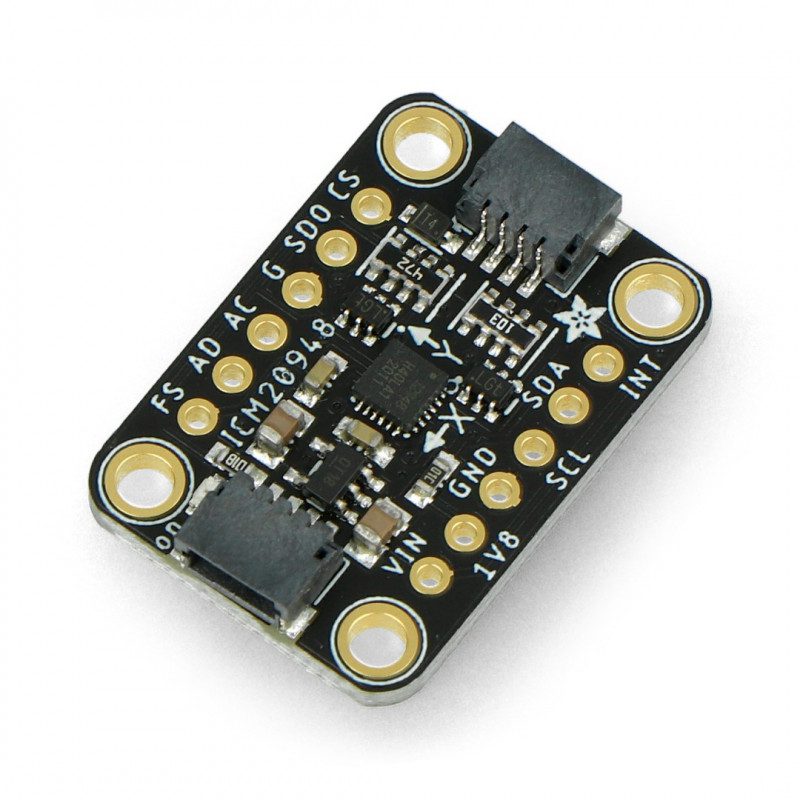Table of Contents:
What is a magnetometer?
The Earth’s magnetic field is a global phenomenon, the harnessing of which has enabled people all over the world to gain many tangible benefits. By far the greatest of these is the ability to navigate accurately and to determine the four cardinal points, commonly known as world directions.
However, in order to determine the azimuth, it is necessary to precisely measure the strength of the Earth’s magnetic field. This task is performed by a magnetometer, which is a special instrument that examines in real time any changes in the value of magnetism.

The invention of the magnetometer is credited to the famous German mathematician Carl Friedrich Gauss. Together with another scientist, Wilhelm Weber, the scientist laid the foundations for the modern theory of magnetism. This work also resulted in the world’s first magnetometer, whose invention is still used today in many laboratory measuring devices.
What role does the magnetometer play in the modern world?
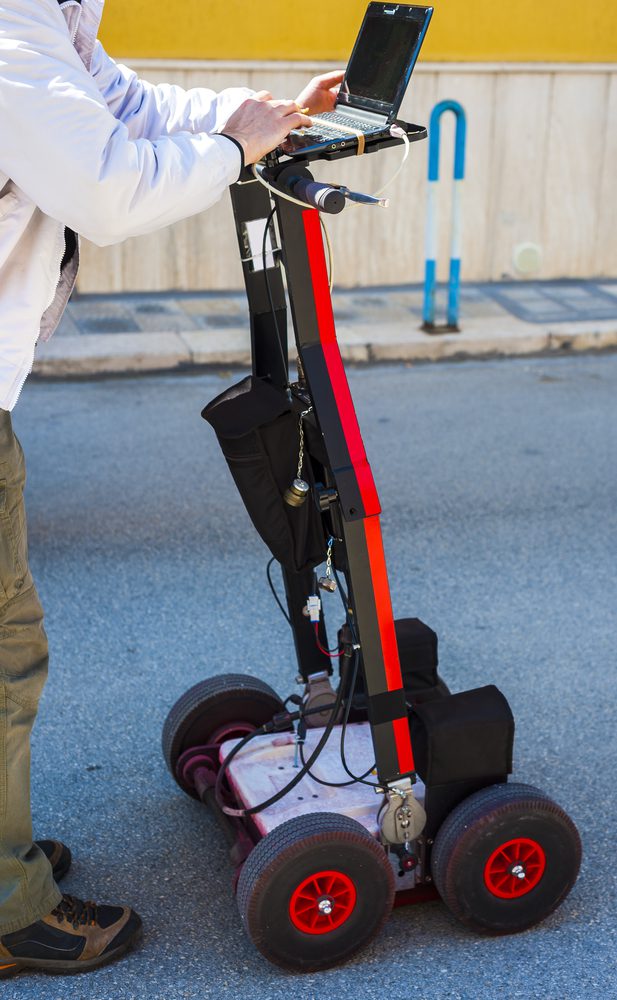
The magnetometer is used wherever a precise determination of the magnetic field is required. Among other things, it is at the heart of many professional metal detectors, because, thanks to its properties, the magnetometer can detect objects at depths of dozens of metres. In comparison, the effective range of a conventional detector is around two metres.
Another branch of industry where the magnetometer is used is the geotechnical sector. These instruments are used primarily to make accurate geological maps of the region, from which more detailed surveys can be carried out to find natural mineral deposits.
A professional magnetometer is capable of detecting iron ore, pyrotite, hematite and also magnetite. In addition, it can also be used to determine the optimal way to mine coal or exploit oil deposits.
Magnetometers are also at the heart of every compass, and their ability to determine magnetic fields is used in navigational instruments for ships and aircraft. They are also used in many military projects, and their greatest advantage is their high degree of reliability.
What do smartphone-mounted magnetometers are used for?
The magnetometer used in the phone is also capable of measuring the direction and magnitude of the Earth’s magnetic field. These properties are used in smartphones to provide accurate navigation – both in the field and in the city.
In practice, based on the magnetometer, an application running on the phone is able to display an accurate orientation relative to the world’s directions. This makes it possible to automatically rotate the map and use the phone as a GPS navigation system.
In addition, some phones also allow the data collected by the magnetometer to be used to detect a rising magnetic field. This is particularly useful during minor renovation work, when the smartphone can be used as a simple detector of rebar and wall wiring.
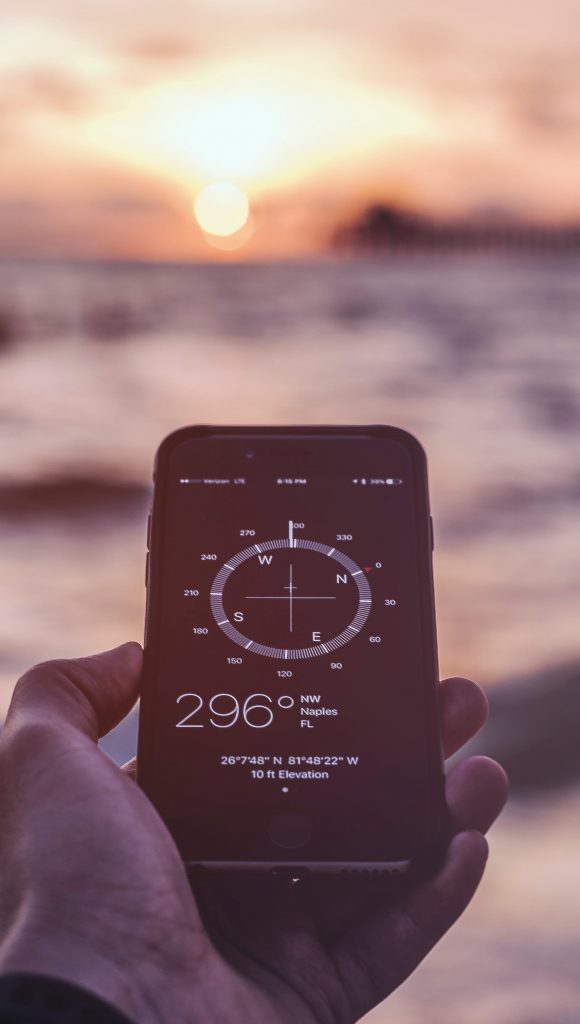
Is the smartphone-mounted magnetometer accurate?
The magnetometers found in today’s mobile phones are miniaturised versions of laboratory sensors. Therefore, their capabilities are very limited, but the accuracy they offer is sufficient for accurate navigation in the field.
In addition, nowadays mainly three-axis magnetometers are manufactured, thanks to which the phone is able not only to determine the directions of the world, but also the position of the phone in relation to the plane of the Earth.
How useful was this post?
Click on a star to rate it!
Average rating 4.6 / 5. Vote count: 8
No votes so far! Be the first to rate this post.

